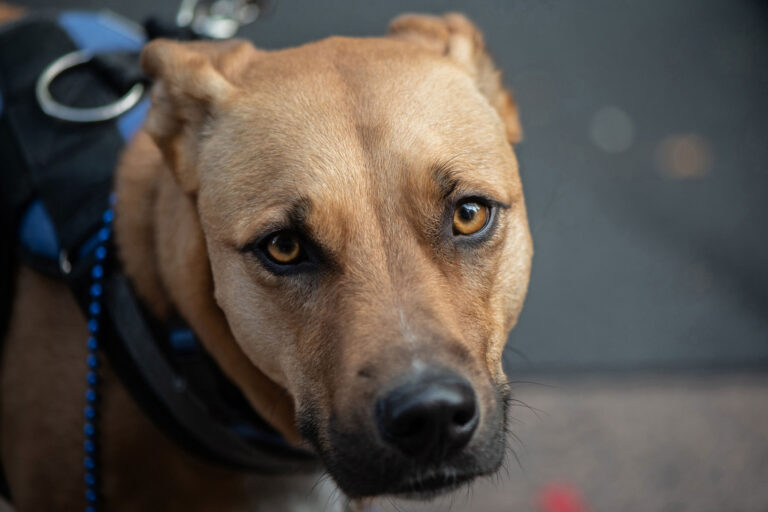From Fearful to Fearless: Your Guide to Reducing Dog Anxiety and Building Confidence

For many dog owners, witnessing their furry companions struggle with anxiety can be heartbreaking. Whether it’s triggered by loud noises, separation anxiety, or past traumas, understanding and addressing your dog’s anxiety is crucial for their overall well-being. Fortunately, with the right approach and guidance, you can help your dog transition from a state of fear to one of confidence and resilience. In this comprehensive guide, we’ll delve into effective strategies and practical tips to reduce dog anxiety and nurture a stronger sense of security and confidence in your beloved pet.
Understanding Dog Anxiety
Dog anxiety can stem from various sources, including genetics, past experiences, lack of socialization, or changes in the environment. It manifests in a range of behaviors, from trembling and excessive barking to destructive chewing and avoidance. Recognizing these signs early on and identifying the underlying triggers is the first step towards addressing your dog’s anxiety effectively.
Building Confidence Through Positive Reinforcement
Positive reinforcement training forms the cornerstone of building your dog’s confidence. By rewarding desired behaviors with treats, praise, and affection, you can instill a sense of accomplishment and self-assurance in your dog. Start with simple commands and gradually increase the difficulty level as your dog gains confidence. Consistency, patience, and gentle encouragement are key to fostering a positive learning environment.
Creating a Safe and Supportive Environment
Creating a safe and supportive environment is essential for dogs struggling with anxiety. Provide your dog with a designated “safe space” where they can retreat during stressful situations. This could be a cozy crate, a quiet room, or a favorite corner equipped with their bed and comforting toys. Ensure this space is free from loud noises and easily accessible to your dog whenever they need a moment of respite.
Desensitization and Counterconditioning Techniques
Desensitization and counterconditioning are powerful techniques for helping your dog overcome specific fears and anxieties. Start by exposing your dog to the trigger at a low intensity, gradually increasing exposure over time as they become more comfortable. Pair these exposures with rewards to create positive associations and gradually shift your dog’s emotional response from fear to relaxation.
Regular Exercise and Mental Stimulation
Regular exercise and mental stimulation play a crucial role in alleviating anxiety and promoting overall well-being. Engage in daily walks, play sessions, and interactive games to help your dog burn off excess energy and reduce stress levels. Puzzle toys, food-dispensing toys, and training sessions are excellent ways to provide mental stimulation and boost your dog’s confidence and cognitive abilities.
Seeking Professional Guidance
In cases of severe anxiety or complex behavioral issues, seeking professional guidance from a veterinarian or certified dog behaviorist is recommended. They can conduct a thorough assessment of your dog’s needs and tailor a personalized treatment plan that may include behavior modification techniques, medication, or a combination of both. Remember, seeking help is a sign of strength and demonstrates your commitment to your dog’s well-being.
Helping your dog overcome anxiety and build confidence is a journey that requires patience, empathy, and dedication. By implementing the strategies outlined in this guide and providing a supportive environment, you can empower your dog to navigate the world with greater resilience and assurance. Remember to celebrate small victories along the way and always prioritize your dog’s emotional well-being. With your love and guidance, your furry friend can embark on a path from fearful to fearless, embracing a happier and more fulfilling life.

Dr. Carolyn Stafford’s route to veterinary medicine demonstrates her steadfast commitment and enthusiasm for furthering the science of anatomic pathology.
Subscribe my Newsletter for new blog posts. Stay updated from your inbox!









